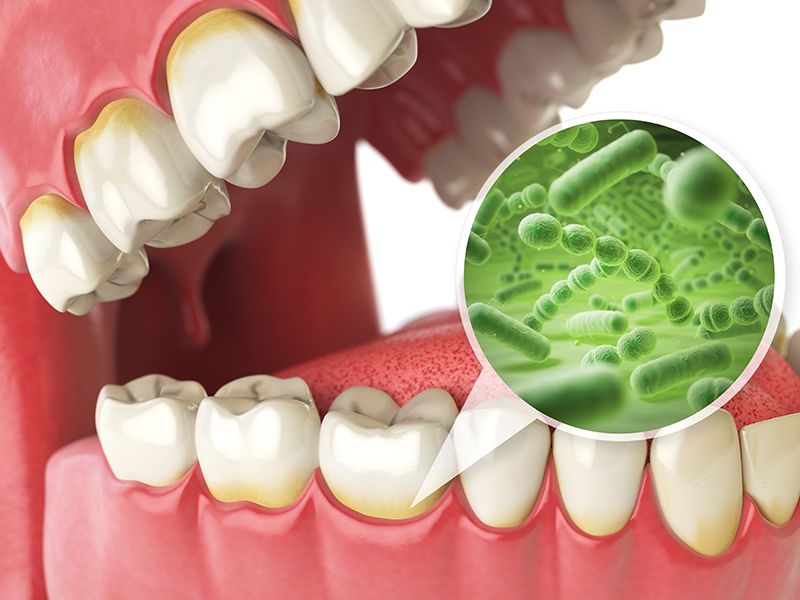

You May Have Gum Disease
If your gums bleed easily when you brush and floss, you’re experiencing one of the most common symptoms of gum disease. A progressive condition, gum disease is characterized by infection of the gum tissues. When plaque, the sticky film found on your teeth after eating and drinking, is left to harden into tartar, it releases bacteria that irritate the gums. The resulting infection and inflammation are what causes your gums to bleed easily and appear red and swollen. Over time, your gums will recede and pull away from your teeth, creating more space for bacteria and tartar to reside. If you have bleeding gums in Albuquerque, NM reach out, we can help. It’s critical to your oral health and physical wellbeing that you seek treatment at the first sign of swollen bleeding gums, especially if you’re also experiencing bad breath, receding gums, and loose or sensitive teeth.
The Health Consequences of Oral Disease
Unfortunately, gum disease cannot be cured once it passes the first stage of gingivitis and it becomes increasingly dangerous as it progresses. Gum disease that reaches the stage of periodontitis causes irreversible damage to your oral structures, including gum tissue and bone. Advanced stages of gum disease are linked to systemic health complications, including diabetes, respiratory disease, cardiovascular disease, and even heart attack and stroke. As your body struggles to control the chronic low-grade infection of gum disease, the health of your immune system becomes compromised, making you more susceptible to other dangerous infections and viruses. You may find it increasingly difficult to control pre-existing medical conditions. With painful, loose teeth, biting, and chewing food may no longer be possible and you may need to alter your diet. In fact, you may find yourself with missing teeth one day if it’s left untreated.
Treatment for Every Stage of Gum Disease
Though only gingivitis can be cured, there are many procedures available that can treat and monitor your gum disease. Both surgical and non-surgical, these treatments are designed to provide a healthy oral environment that lowers the chances of infection returning in the future. Our team will determine if you need one or more of the following treatments once you have been evaluated:

